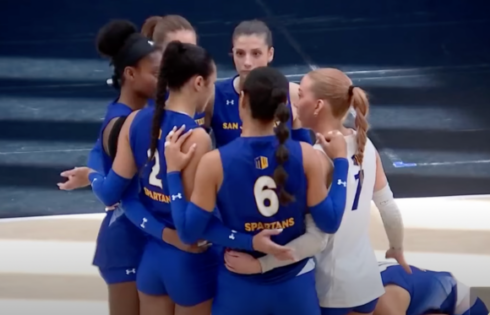
Illinois’s DeKalb Community Unit School District 428 unveiled a new diversity plan last week, and as is typical of such brainchilds, there’s a lot in it which will make educationists and activists feel good about themselves … but little else.
According to Northern Public Radio, 428’s plan has been in the works “for at least a decade.” Amy Crook, district bilingual programs coordinator and member of the district’s Social Justice League(!) said “We realized that our community and our students were hurting and needed a way to communicate and feel valued in our school system.”
Indeed, the plan’s narrative and objectives are chock full of feel-goodisms and minimal substance. For instance, the statement on “core beliefs” states
In D428 we believe equity resides at the core of what we do. We believe that all students will have access to culturally responsive curricula, will learn in environments supportive of their growth as community members as well as individuals, and will be guided by educational professionals who see the diversity in our community as a strength.
The district “Diversity Needs Assessment Report” authored by three profs (one from Northern Illinois University, the others from Western Illinois University) notes that within the district “the perception of being profiled was held by a critical mass of students, parents, and employees throughout the district and community.”
Ah, that “critical mass,” a term often used by academics yet never precisely defined. The closest thing to an actual explanation for it came 15 years ago:
… to ‘ensure that … minority students do not feel isolated or like spokespersons for their race; to provide adequate opportunities for the type of interaction upon which the educational benefits of diversity depend; and to challenge all students to think critically and reexamine stereotypes.’
If you can call that an “explanation.”
The nuts and bolts of 428’s plan are teeming with this sort of stuff. Goal #1, “Implement strategic professional development on equity/inclusion/cultural competence and responsiveness education,” includes objectives such as requiring teachers and administrators to
[…] engage with and understand the importance of socially-constructed hierarchies, othering/positionality in the classroom, microaggressions, pedagogical implications of social justice, how to discuss and lead discussion in the classroom, and the difference between special education needs and Dual Language Learner needs.
Other goals include “a multicultural school environment,” utilizing “communication that elicits respect, deep listening, reciprocity, and a willingness to continue dialogue,” and the establishment of so-called “restorative [discipline] practices.”
To be fair, there are some common-sense goals such as creating anti-bullying measures and improving bilingual services. But the … scary part is the involvement of this “Social Justice League” in myriad aspects of the plan considering its training has included “exploration[s] of multiculturalism, privilege, identity, oppression and more.”
That “more” included a professor telling participants that teachers “were hungry” to grasp the above concepts because “racism and discrimination have risen to such a [high] level” since Donald Trump’s election.
My old school district, like many others, tried a similar approach 15 years ago. Nothing really changed in the areas that matter most (like student achievement and behavior); in fact, if anything, the degree of racial resentment among staff of all colors increased as a result.
William Jenkins, a black educator who doesn’t buy into the sort of stuff outfits like 428’s Social Justice League puts forth, offered advice which in today’s environment is tantamount to social justice heresy. It specifically addresses black students but applies to all minority children:
“We must be careful, as educators, and even educated people, [about] buying into the notion of black people being different because of their culture or color. People are shaped by their ideas and experiences, not the color of their skin.
“In our efforts to work with black children, we must not let them, their parents, or [social justice advocates], have us go against that which we know to be true about all life outside of black people.”
MORE: Penn to put $100 million faculty diversity plan into action
MORE: U. Michigan to assess students’ ‘cultural sensitivity levels’
IMAGE: Shutterstock.com
Like The College Fix on Facebook / Follow us on Twitter







Please join the conversation about our stories on Facebook, Twitter, Instagram, Reddit, MeWe, Rumble, Gab, Minds and Gettr.